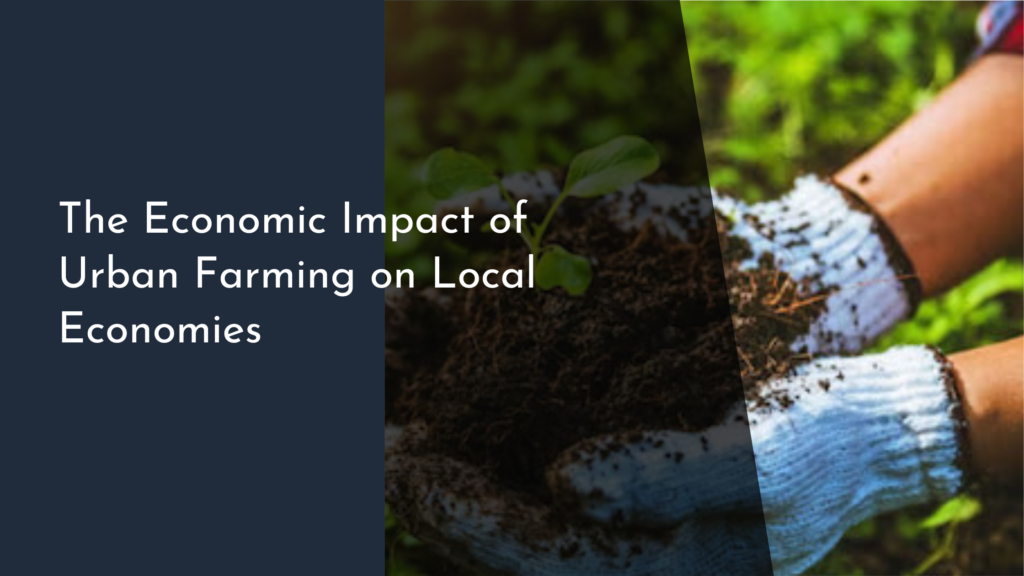Agroforestry in Sustainable Circular Food Synergies
In a world grappling with the twin challenges of climate change and food security, innovative agricultural practices are more vital than ever. Among these, agroforestry stands out as a beacon of sustainability, harmonizing the interplay between trees and crops to create resilient ecosystems. This holistic approach not only boosts agricultural productivity but also plays a crucial role in establishing a sustainable circular food system. Through integrating trees into farming landscapes, agroforestry promotes biodiversity, enhances soil health, and contributes to the circular economy by closing resource loops.
As we delve deeper into the world of agroforestry, we uncover its many benefits and potential to revolutionize our food systems. Join us on this journey to explore how embracing agroforestry can lead us to a greener and more sustainable future!
Exploring Agroforestry: A Bright Path to Sustainability
Agroforestry, the integration of trees and shrubs into agricultural landscapes, represents a transformative approach that aligns perfectly with sustainability goals. This method is not merely about planting trees; it’s about creating multifaceted ecosystems where agriculture and forestry work hand in hand. By combining crops with trees, farmers can diversify their income sources, which reduces their vulnerability to market fluctuations. The canopy provided by trees also protects crops from extreme weather conditions, offering a buffer against the adverse effects of climate change.
Furthermore, agroforestry promotes a symbiotic relationship between plants and the environment. The trees contribute to carbon sequestration and improve air quality, while the crops benefit from enhanced microclimates and improved water retention in the soil. This synergy ultimately leads to more robust agricultural systems that are less reliant on chemical inputs, paving the way for a healthier planet. By embracing agroforestry, we step onto a brighter path toward sustainable land management that champions both environmental stewardship and economic viability.
The Circular Food System: Benefits of Agroforestry Practices
The circular food system represents a paradigm shift in how we produce, consume, and recycle food. Agroforestry plays a pivotal role in this system by creating closed-loop agricultural practices that minimize waste and maximize resource efficiency. For instance, agroforestry systems often produce biomass from tree prunings, which can be repurposed as organic matter to enrich the soil. This not only reduces the need for synthetic fertilizers but also enhances soil fertility, creating a sustainable cycle of growth.
Moreover, agroforestry can boost local food production by encouraging diverse crop cultivation alongside tree species. This diversity not only supports local economies but also caters to various nutritional needs. By growing multiple crops, farmers can ensure that surplus produce is utilized effectively, reducing food waste and promoting food security within communities. In essence, agroforestry contributes significantly to the circular food system by fostering practices that are environmentally sustainable, economically viable, and socially responsible.
How Agroforestry Enhances Biodiversity and Soil Health
One of the standout features of agroforestry is its exceptional ability to enhance biodiversity. By integrating a variety of trees and plants into agricultural landscapes, agroforestry creates habitats for numerous species, fostering a rich tapestry of life. This diversity is crucial for ecosystem resilience, as it contributes to pest control, pollination, and the overall health of the environment. The presence of trees not only attracts beneficial insects and wildlife but also encourages a balanced ecosystem, reducing the need for chemical pest control measures.
In addition to promoting biodiversity, agroforestry significantly improves soil health. The root systems of trees can help prevent soil erosion, while their fallen leaves contribute organic matter that enriches the soil. This natural process boosts soil structure and fertility, leading to improved water retention and nutrient availability for crops. Healthy soil also supports a vibrant microbial community essential for nutrient cycling. By embracing agroforestry, farmers can cultivate landscapes that are not only productive but also resilient to the challenges posed by climate change and unsustainable agricultural practices.
Join the Green Revolution: Embrace Agroforestry Today!
As we move forward in an era of ecological awareness and sustainability, there has never been a better time to embrace agroforestry. Farmers, policymakers, and consumers alike have crucial roles to play in fostering this green revolution. By supporting agroforestry initiatives, we can help create landscapes that are rich in biodiversity, promote local food systems, and contribute to the health of our planet. Investing in agroforestry practices means investing in our future—one where agriculture and nature coexist harmoniously.
Whether you’re a farmer looking to diversify your practices, a consumer interested in sustainable products, or an advocate for environmental change, there are countless ways to get involved. Educate yourself about agroforestry, support local agroforestry projects, or simply spread the word about its benefits. Together, we can cultivate a sustainable future through agroforestry, building a resilient food system that nourishes both people and the planet.
In conclusion, agroforestry emerges as a powerful tool in our quest for a sustainable circular food system. By integrating trees into agricultural landscapes, we can enhance biodiversity, improve soil health, and create resilient ecosystems that support both farmers and communities. The journey towards sustainability is one that requires collective effort, and agroforestry offers a joyful and effective pathway to achieve our goals. Let’s embrace this vibrant approach and work together to nurture a greener, more sustainable world for generations to come!

